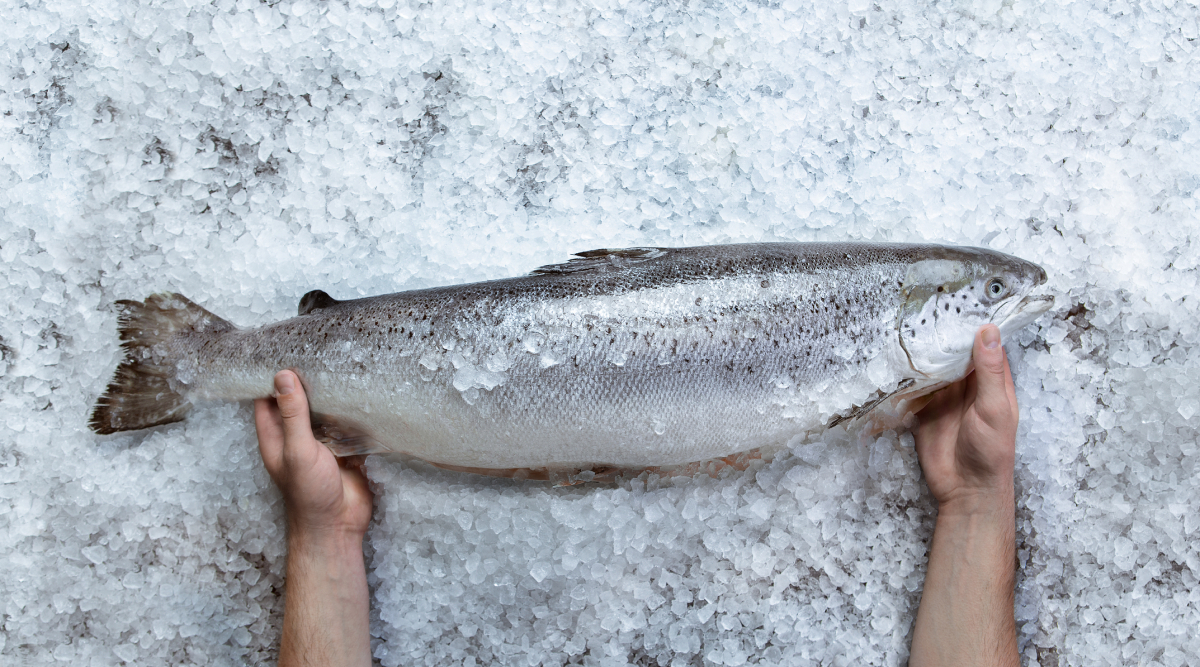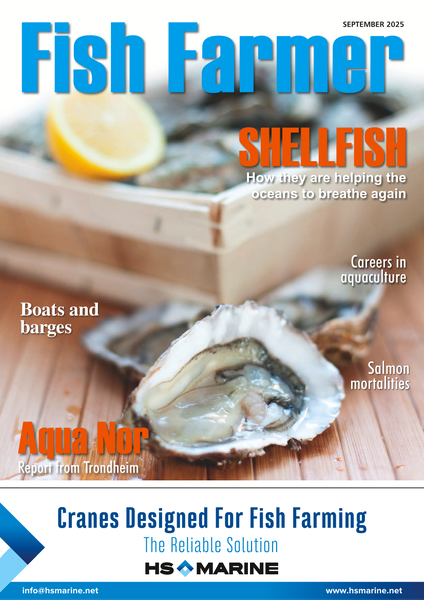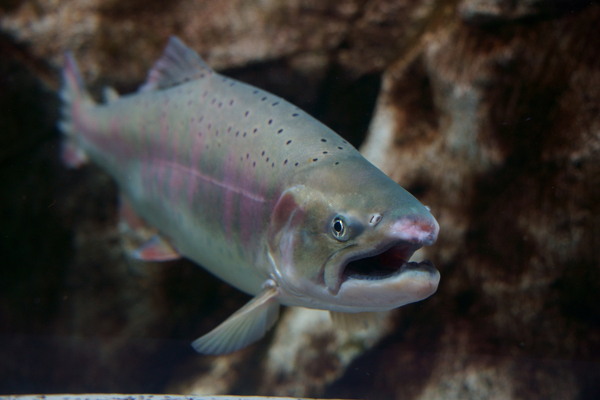Salmon sales to China soaring - new report
China is shooting up the ladder as Norway’s fastest growing market for salmon, according to new data.

The Norwegian Seafood Council says that in the first half of this year, China has leapfrogged from sixth to third in the international table of demand for salmon – and the trade is still growing.
Sigmund Bjorgo, the Council’s China envoy, who has been taking part in recent cross China trip visiting various seafood events, says the Chinese salmon market has become more complex to follow at times.
The Seafood Council, he explains, has been working through the spring and summer to map out the Chinese value chain.
Bjorgo said: “It has been a challenging task as there are no statistics, only insights through interviewing the value chain from importers, wholesalers, and the further downstream channels. Based on this, we have revised our assumptions on the channel mix.
“This is not exact science, this is educated assumptions. And we must expect the map to develop further with the market growth, meaning it will look different already a year from now. “
He added: “In the big picture, the best current thinking is that the hotel restaurant and catering trade (HORECA) now has 40% of the salmon market, while home consumption has grown to 60%. Of this online is at 35% and offline retail at 25%.”
The largest increase was in August this year when 9,4343 metric tons of salmon were sold into China at a value figure of NOK 763 million (£55m), a value rise of 84% and a volume increase of 114%.
Cod, haddock and prawns also made a strong showing bringing the total seafood exports to China last month to over NOK 1 billion (£75m).
Scotland’s salmon trade with China has also been booming. Last month, figures were published showing that salmon exports to that country were up 75% in 2024, year on year, to £74m.
Earlier this month, Glasgow Prestwick airport announced a new freight service to China with cold chain facilities for exporting seafood.
Why not try these links to see what our Fish Farmer AI can tell you.
(Please note this is an experimental service)




